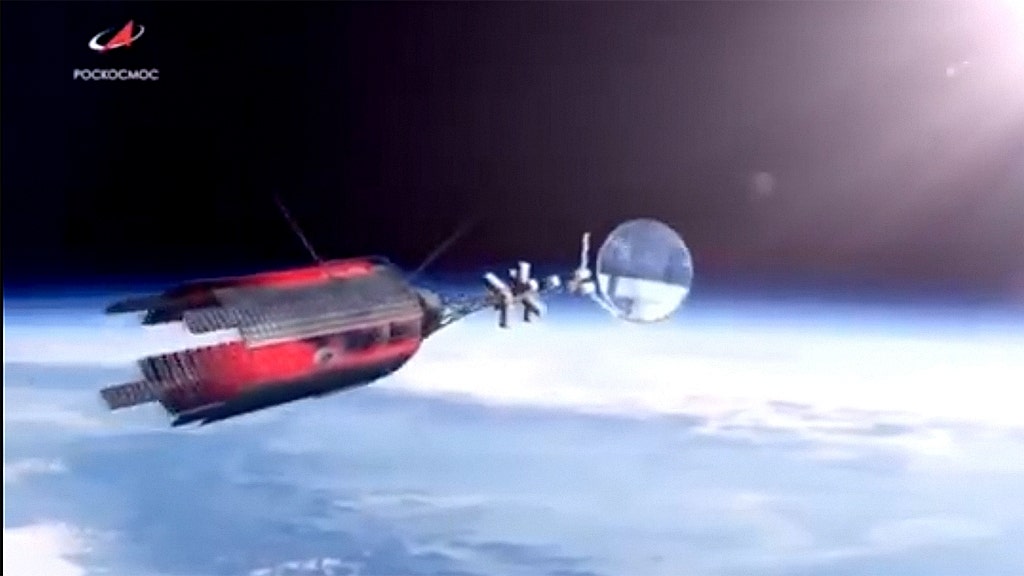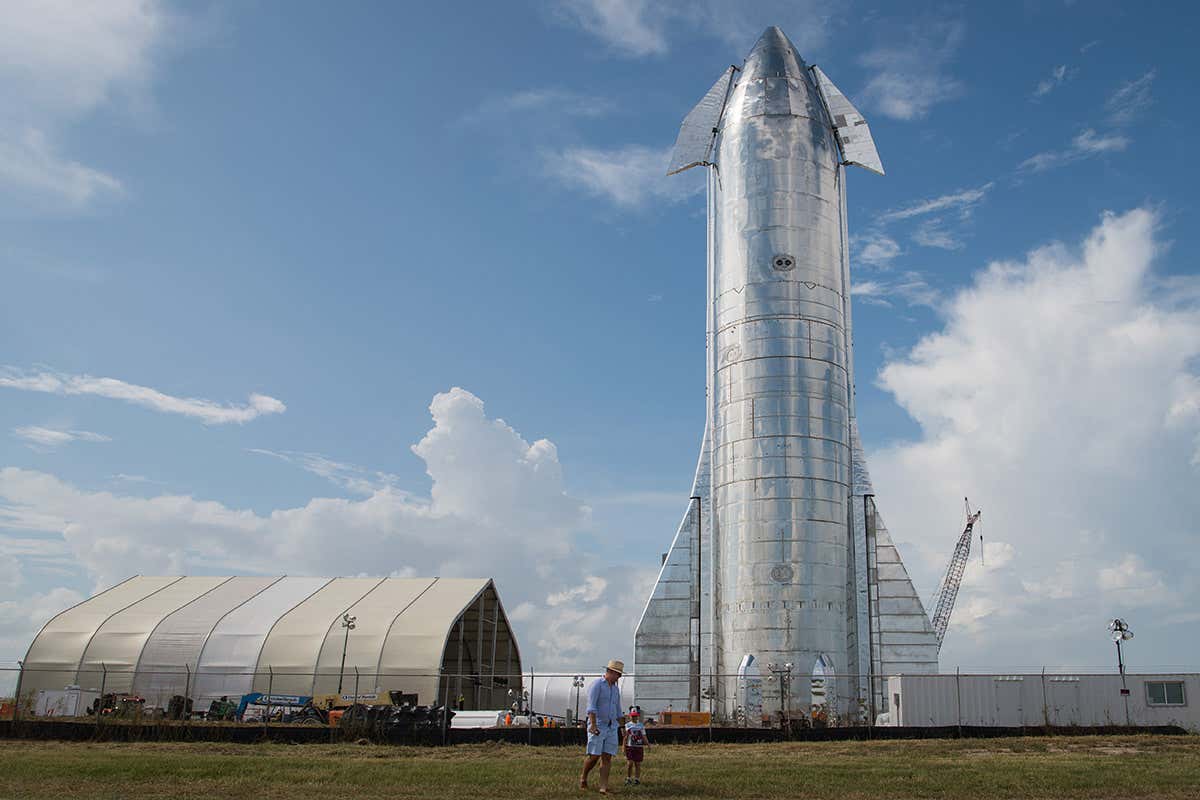panzerfeist1
ACCESS: Secret

Roscosmos sets task of drafting Venus exploration program
"KHIMKI, January 31. /TASS/. Roscosmos has set a task of drafting a Venus exploration program similar in scale to Russia’s lunar program. The new program will incorporate the project Venera-D, the leading designer of the Lavochkin Research and Industrial Association, Dmitry Khmel said.
"Roscosmos has set a task of shaping such a program. It will incorporate Venera-D. The Russian Academy of Sciences’ Space Research Institute supports this idea. We are working on drafts for taking further steps to explore Venus," Khmel said."

Russia reveals nuclear spaceship that will fly to Mars ‘in very near future’
Russia has revealed a "spacecraft of the future" that could one day put humans on Mars.
The spaceship is currently in development at Russia's Keldysh Research Centre, which is racing to create the nuclear propulsion engine.
"Today, the Keldysh Centre is working on the development of a spacecraft equipped with more powerful engines – a new class of nuclear power units, which do not need either the sunlight or solar batteries for operation," said a spokesperson for Roscosmos.
Nuclear space travel could revolutionize the quest to hop between planets in our solar system.
Space scientists currently struggle with current methods of propulsion, like chemical propellants or low-power electric engines that rely on solar batteries.
These methods of space travel are slow, which creates problems for astronauts on board the craft.
"A person should not spend more than a year or two in space," said Vladimir Koshlakov, who heads up the Keldysh Centre.
"Nuclear-powered spacecraft will allow a relatively fast journey, and, most importantly, a return flight.
"This technology has special significant for interplanetary flights and research of far planets."
According to Russia's TASS news agency, Koshlakov believes that a flight to Mars using a nuclear propulsion engine is "technically feasible in the near future".
The space expert reckons it could take just over half a year for humans to travel to Mars using the nuclear system.
"[The journey] to the Moon will last several days, yes, while a flight to Mars will last about seven or eight months," said Koshlakov, speaking to the Rossiiskaya Gazeta.
Roscosmos has already been testing ground trials for the engine's cooling system, which are believed to have been a success.
And the space agency also has plans to make a prototype of a "megawatt class" nuclear engine, which would be used for "flights into deep space."
This isn't the first time Russia has experimented with nuclear technology for space travel.
Between 1970 and 1988, the Soviet Union launched 32 spacecraft with thermoelectric nuclear power reactors on board.
And Russia has been testing nuclear rocket engines since the sixties.

The rocket Elon Musk wants to send to Mars is almost ready to launch
Elon Musk's giant Starship rocket is due to take passengers on a trip around the moon in 2020. Last night, he said orbital tests will begin within two months
Elon Musk has said that his Starship spacecraft – which is designed to carry people to the moon and Mars – will begin orbital test flights in less than two months. The SpaceX CEO made the comments during an evening presentation at Space X’s facility in Boca Chica, Texas, with the gigantic shiny spacecraft lit up in the background.
Musk first revealed plans for the rocket in 2016, updating them and calling the craft the Big Falcon Rocket (BFR) in 2017. Last year, he revised the design again and changed the rocket’s name to Starship. It is 118 metres tall and apparently capable of carrying about 100 people to the moon or Mars.
Breakthrough Initiatives
The Alpha Centauri star system is 25 trillion miles (4.37 light years) away. With today’s fastest spacecraft, it would take about 30,000 years to get there. Breakthrough Starshot aims to establish whether a gram-scale nanocraft, on a sail pushed by a light beam, can fly over a thousand times faster. It brings the Silicon Valley approach to space travel, capitalizing on exponential advances in certain areas of technology since the beginning of the 21st century.
1. Nanocrafts
Nanocrafts are gram-scale robotic spacecrafts comprising two main parts:
- StarChip: Moore’s law has allowed a dramatic decrease in the size of microelectronic components. This creates the possibility of a gram-scale wafer, carrying cameras, photon thrusters, power supply, navigation and communication equipment, and constituting a fully functional space probe.
- Lightsail: Advances in nanotechnology are producing increasingly thin and light-weight metamaterials, promising to enable the fabrication of meter-scale sails no more than a few hundred atoms thick and at gram-scale mass.
- The rising power and falling cost of lasers, consistent with Moore’s law, lead to significant advances in light beaming technology. Meanwhile, phased arrays of lasers (the ‘light beamer’) could potentially be scaled up to the 100 gigawatt level.
Ideas of interplanetary travel besides our moon highly recommended here. Agreement on moving it to another topic for another users suggestion.



